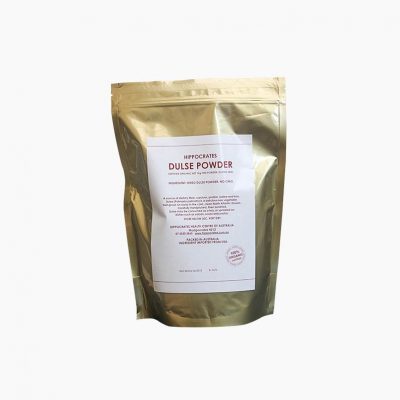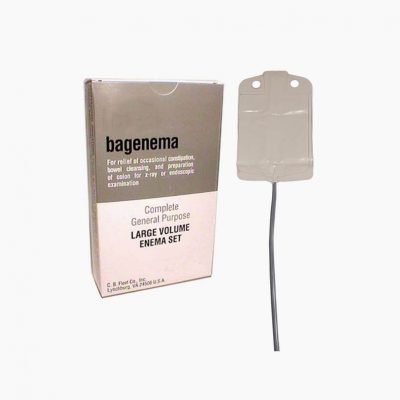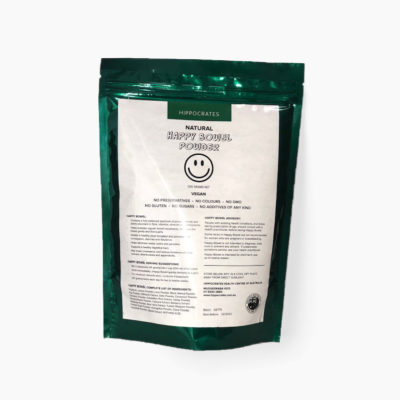
Magnesium Applied to the Skin Lowers Blood Pressure
Magnesium could be used as an alternative or in addition to medication to combat high blood pressure, a study has found.
It could be promising news for the millions of people who suffer from hypertension, which raises the risk of heart disease, stroke and vascular dementia.
Scientists know that people with higher than average blood pressure can be deficient in magnesium, which is thought to help the body to regulate blood flow.
Now a new study has found that topical application absorbed through skin significantly boosts levels of the mineral in the blood.
Approximately 75 million adults in the US have hypertension, which affects 16 million people in the UK.
Only 8 per cent of the population currently meet recommended magnesium levels in their diet, according to the researchers from the University of Hertfordshire.
They say that supplementation is proven to improve immune function and our heart health as well as lower risks for metabolic syndrome, the medical term for a combination of diabetes and high blood pressure.
‘This study is the first to look at the absorbency of transdermal magnesium in human subjects, so is a significant step in determining whether or not these creams could potentially be used as an alternative to oral supplements,’ says study author Lindsy Kass.
‘Low magnesium intake has been shown to cause many health problems, including high blood pressure and cardiovascular issues, so this could be a good way to contribute to the increase in magnesium levels and therefore help in reducing the associated health problems.
‘Many people do not like taking pills or have difficulty ingesting them, whereas this could be used easily on a daily basis – for example by rubbing it into the skin after showering.’
Ms Kass and Andrea Rosanoff from the Centre for Magnesium Education and Research in Hawaii teamed up to study a group of healthy adults.
Participants were randomly assigned into magnesium or placebo control groups, then instructed to apply two 5ml spoonfuls of diluted magnesium each day for two weeks. s)
In the magnesium group, this was equivalent to a daily dose of 56mg of the mineral.
After 12 to 14 days urine and blood samples were collected and compared to samples taken at the start. Researchers discovered an increase in magnesium levels in the blood not seen in the placebo group.
(UK Daily Mail, 3 September 2017)




